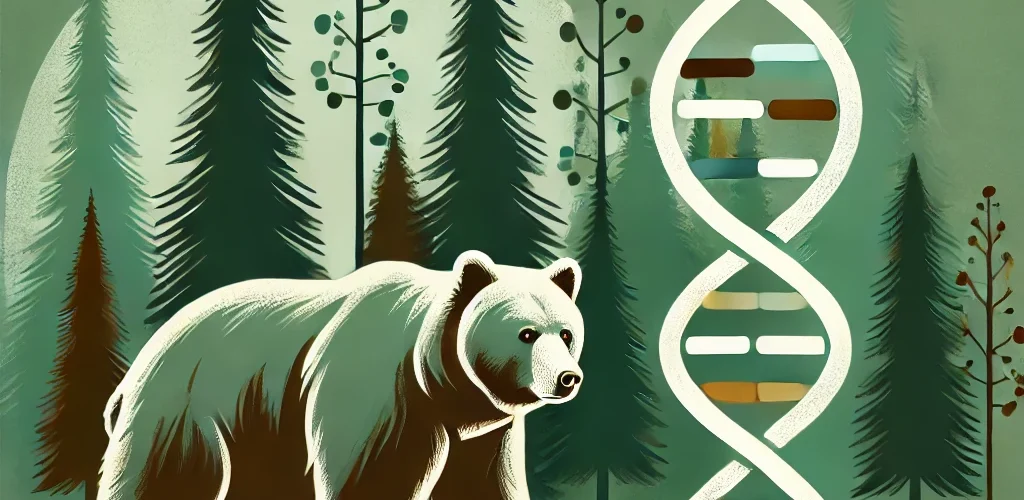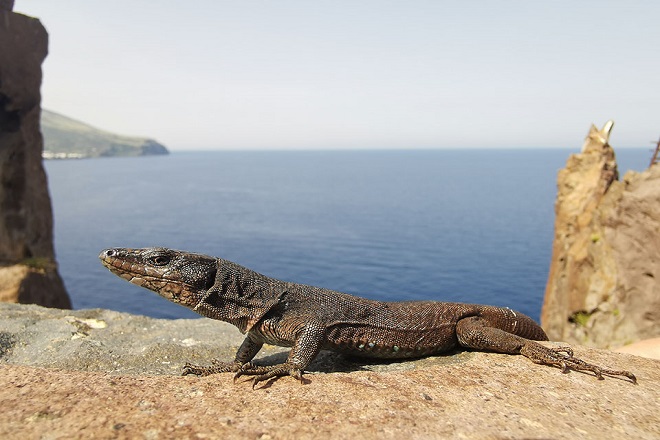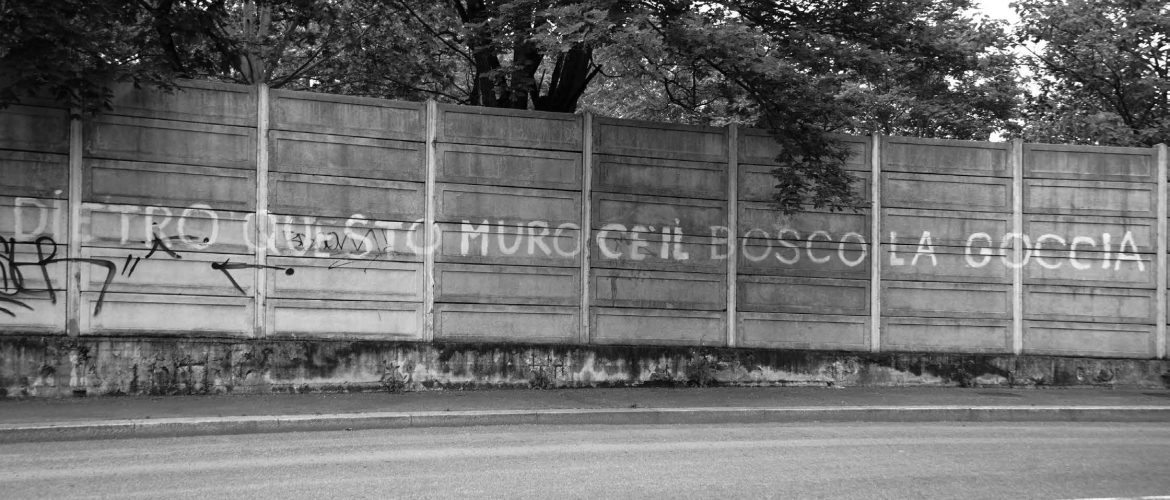Photo by Greta Agostini All cells in a living organism contain essentially the same DNA. However, cells can use the information contained in the genetic code differently, depending on the functions they need to perform. This modulation of gene expression occurs through epigenetic modifications, which, at least in part, can be influenced by the environment. These modifications regulate the expression of genes without altering their DNA sequence. In contrast, the study of epigenomics, which has been widely established in biomedical fields and
Podarcis raffonei, endemic to the Aeolian archipelago, is among the most threatened European reptiles. With only four known populations surviving on three tiny islets and a small promontory, this critically endangered lizard is threatened by its very limited range, severely fragmented distribution, and low genetic variability. The Aeolian wall lizard once inhabited other islands in the archipelago and has been confined to its current distribution by habitat loss and degradation and the anthropogenic introduction of Podarcis siculus, an extremely competitive
The project concerns a contaminated site in the Bovisa district of Milan. The municipality, in concert with MM SPA, is pursuing the goal of transforming a post-industrial contaminated area into a public green space through the application of NbS. The joint research will focus on the phyto- and bio-remediation potential of the plant-microorganism system in the La Goccia area, to evaluate the best strategies for enhancing the natural resilience of the area in question and to properly disseminate the results




